![AdobeStock_Budegt Clean [Converted]-835332-edited.png](https://info.online.hbs.edu/hs-fs/hubfs/CORe_Blog/AdobeStock_Budegt%20Clean%20%5BConverted%5D-835332-edited.png?width=877&height=438&name=AdobeStock_Budegt%20Clean%20%5BConverted%5D-835332-edited.png)
Whether you track every penny you spend, or just periodically check your bank account and credit card balances, everyone maintains a budget to some extent. You could use an app, a spreadsheet, or keep track in your head, but it’s important to know how much money you have coming in, and how much you spend, for a given period of time.
Regardless of how you keep your budget, it is a good idea to evaluate your financial position at least once a year and think about how you could make better use of your money. These tips will help you to evaluate your habits, lower your spending, and improve your planning for the future.
Evaluate the Balances in your Accounts
There are three types of cash accounts that people should have:
- Checking Account
Your checking account should only have enough to cover your monthly expenditures. You should not be spending more than you make, so a general rule of thumb is to maintain the equivalent of one month’s pay in this account. This account balance will fluctuate a lot because there is constantly money going in and coming out, but this account should not be consistently growing over time, because it doesn’t earn interest. If you find that this account has grown over time, you should consider moving some of the funds to a savings account.
- Emergency/Liquid Savings
Think of this as your Rainy Day Fund, used to keep a cash buffer in case of an emergency (i.e. losing your job) or to save money for known future expenditures, like a down payment for a house. These funds should be kept in interest bearing, yet liquid accounts, such as a simple interest bearing savings account, where you can access the money at a moment’s notice, without penalty. You should keep between 3-9 months’ worth of expenditures in this account for emergencies in addition to any money you are saving for a specific future event.
- Long-Term/Illiquid Savings
These are generally retirement accounts that don’t allow you to withdraw money early, or that would incur a penalty if you did. You should be putting some amount into these accounts monthly—every little bit helps!
Review Auto-Renewal Payments
We are creatures of habit, and it’s important to know how much our habits are costing us. We all have things that we pay for on a regular basis that are automatically deducted from our bank account or charged to our credit cards. This can include subscriptions and memberships that give you access to certain benefits (such as app subscriptions, video streaming services, Amazon Prime, gym memberships, etc.).
One survey estimates that the average consumer has 11 of these charges each month. While the individual amounts are usually small, they add up quickly.
To clean these up, grab your most recent bank and credit card statements and mark all of the items that are recurring or auto-renew. Add them up—you may be surprised by the total! As you go through these, ask yourself a series of questions about each:
- Did I cancel this? Is this what I ordered?
Try to find confirmations of your cancellations and call the company to investigate why you are being charged. They should be able to offer a refund if you are being charged incorrectly.
- How much do I actually use the product/service? Is it worth it?
For some payments, it might help to think about a per-day or a per-use cost. For example, if you pay $15 per month for a photo editing software, but you only use it to edit 2 photos per month, you are paying $7.50 per photo. Another way to think about this is to put it in yearly terms; if you kept this up you would be paying $180 per year to edit 24 photos.For payments that get you access to certain benefits, especially those that are intended to save you money in the long term, determine if the benefit you received was greater than the cost. A great example of this is Amazon Prime. Some of these memberships keep track of all your savings, and you may also be able to access this information in your online account. If the amount you saved is less than the cost you paid to get the service, it’s probably not worth it!
For items that auto-renew at intervals longer than one month, put a reminder on your calendar a few weeks before it renews. When you get the reminder, think about whether or not you actually use what you are paying for, and decide to renew or cancel it before you get charged.
- Could I be paying less?
Especially for items where you pay on a monthly basis, like your cell phone, internet, or cable, check to see if you could save money by changing your payment plan. Many companies offer discounts to people who pay for 6 months or one year at a time, as opposed to one month at a time. If it’s something you have determined is worth it to you, see if you could take advantage of these savings!
The answers to these questions are going to be different for every person. However, don’t make the mistake of thinking you will change your patterns—if you aren’t using something now, you probably won’t use it in the future!
Don’t forget about your infrequent expenses
Most people have a pretty good idea of their regular expenses that are frequently recurring. You know (or you should know!) how much you spend every month on rent, student loan payments, and car payments. You also probably know roughly how much you spend each month on necessities like food, utilities and gas.
However, many people struggle to plan for big expenses that are more infrequent, but still fairly certain to occur, such as:
- Car or home insurance, usually paid once or twice annually
- Somewhat predictable car and home repairs
- Taxes (if you are expecting a refund don’t forget to budget for that too!)
- An annual trip home for the holidays
Know your patterns and don’t forget about these less frequent expenditures. For example, if you are expecting to have to purchase new tires for your car in the next four months, start saving a little money for that today. It’s much easier to save a little bit at a time for these expenses than to have to deduct it from your budget all at once.
Reevaluate your long-term savings plan
No matter how old you are or where you are in your career, you should be saving for retirement. When it comes to building your savings, time is your friend. The longer you are able to save, the more your savings will be able to grow, and the effects in the future are exponential.
An easy way to do this is to ensure that you are taking advantage of everything that your employer offers. Employer-sponsored plans are beneficial for many reasons, including certain tax breaks and deductions straight from your paycheck.
Here are a few things to consider with employer-sponsored retirement plans:
- Some employers require you to “opt-in” to the retirement plans. Make sure that you do this! If you don’t opt in, you could go months or years without contributing anything to your retirement plan.
- Many employers offer a matching program where they will match any contributions you make to a retirement plan, up to a certain amount. You should contribute at least as much as this limit so that you are getting the full benefit of the match.
- You set the amount or percent of your pay that goes to the plan. Determine if you can increase your contribution, even an additional 1% per paycheck can make a big difference!
Every employer offers different things, so talk with an HR or benefits officer at your employer to get the full scope of the benefits. It may also be worth it to speak with a financial advisor about other savings options that you might be able to take advantage of, especially if you feel that you employer doesn’t offer exactly what you are looking for.
Want to learn more about Finance, Accounting, Economics and Analytics?
About the Author
 Jackie is a member of the HBX Course Delivery Team and currently works on the Financial Accounting course for the Credential of Readiness (CORe) program. She also works on the Leading with Finance Course, and is working to design and develop a course in Entrepreneurship for the HBX Platform.
Jackie is a member of the HBX Course Delivery Team and currently works on the Financial Accounting course for the Credential of Readiness (CORe) program. She also works on the Leading with Finance Course, and is working to design and develop a course in Entrepreneurship for the HBX Platform.
Jackie holds a BSB in Accounting and Finance, and a Masters of Accountancy, all from the University of Minnesota. In her free time she enjoys cheering on her favorite Minnesota sports teams and baking.







.png?width=658&name=A-B%20Test(1).png)

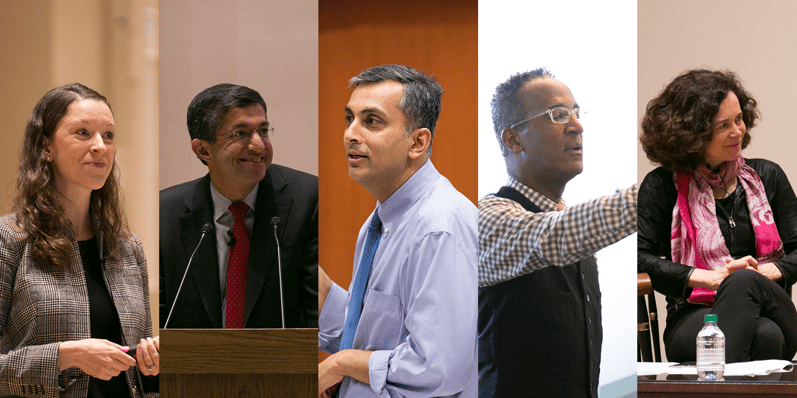



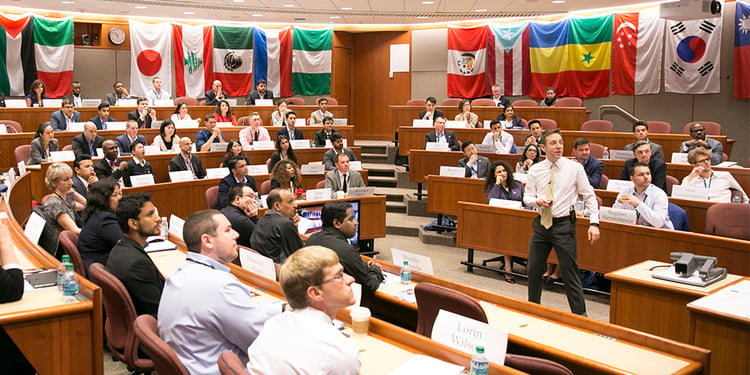

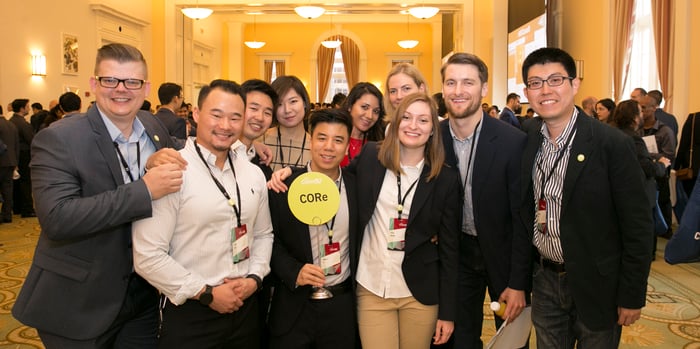


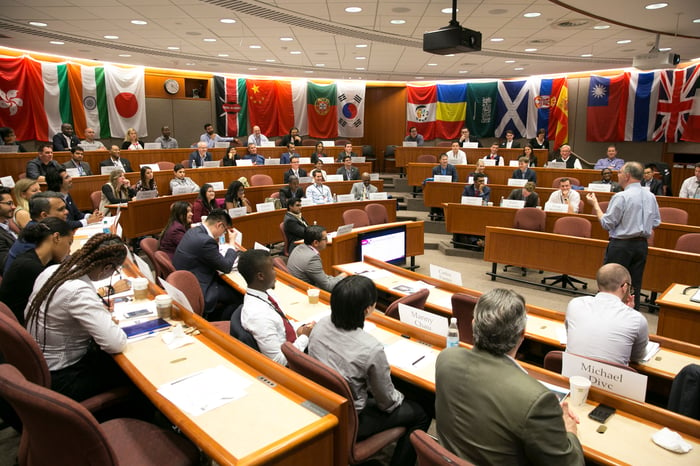
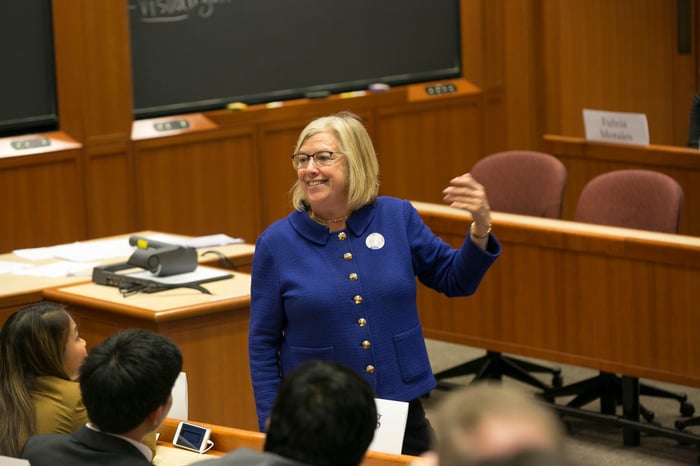

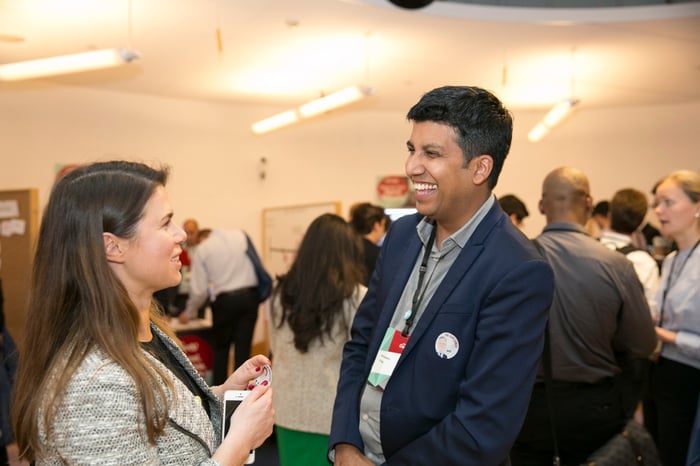


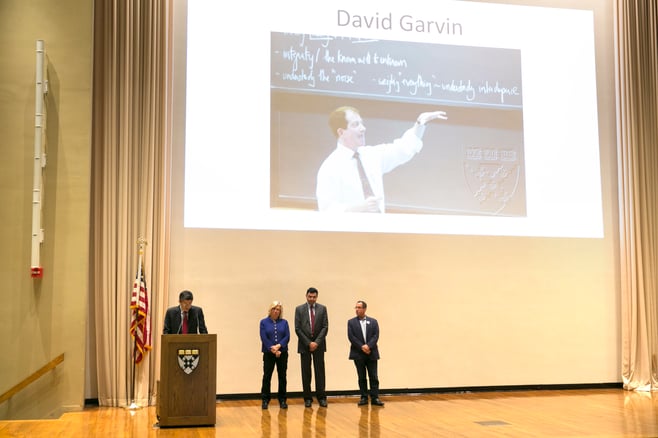
.jpg?width=658&height=439&name=4530%20(1).jpg)










 From a very young age, I was interested in design. Toys that could be infinitely reconfigured like Legos and SimCity captured my imagination for hours. Interests at home influenced my interests at school, and by age 13, they had coalesced into the goal of becoming an engineer. This drive grew, and propelled me for over a decade, to graduation day at Boise State University. I had done it. I had become a Civil Engineer and had landed a job in STEM (Science, Technology, Engineering, and Math).
From a very young age, I was interested in design. Toys that could be infinitely reconfigured like Legos and SimCity captured my imagination for hours. Interests at home influenced my interests at school, and by age 13, they had coalesced into the goal of becoming an engineer. This drive grew, and propelled me for over a decade, to graduation day at Boise State University. I had done it. I had become a Civil Engineer and had landed a job in STEM (Science, Technology, Engineering, and Math). received his undergraduate degree in Civil Engineering from Boise State University and has spent over 10 years working on infrastructure in transportation and waste water collection systems. Kyle is an advocate for mentorship and community involvement, leading the professional development programs for the Boise Young Professionals Network and volunteering on a regular basis.
received his undergraduate degree in Civil Engineering from Boise State University and has spent over 10 years working on infrastructure in transportation and waste water collection systems. Kyle is an advocate for mentorship and community involvement, leading the professional development programs for the Boise Young Professionals Network and volunteering on a regular basis. 




